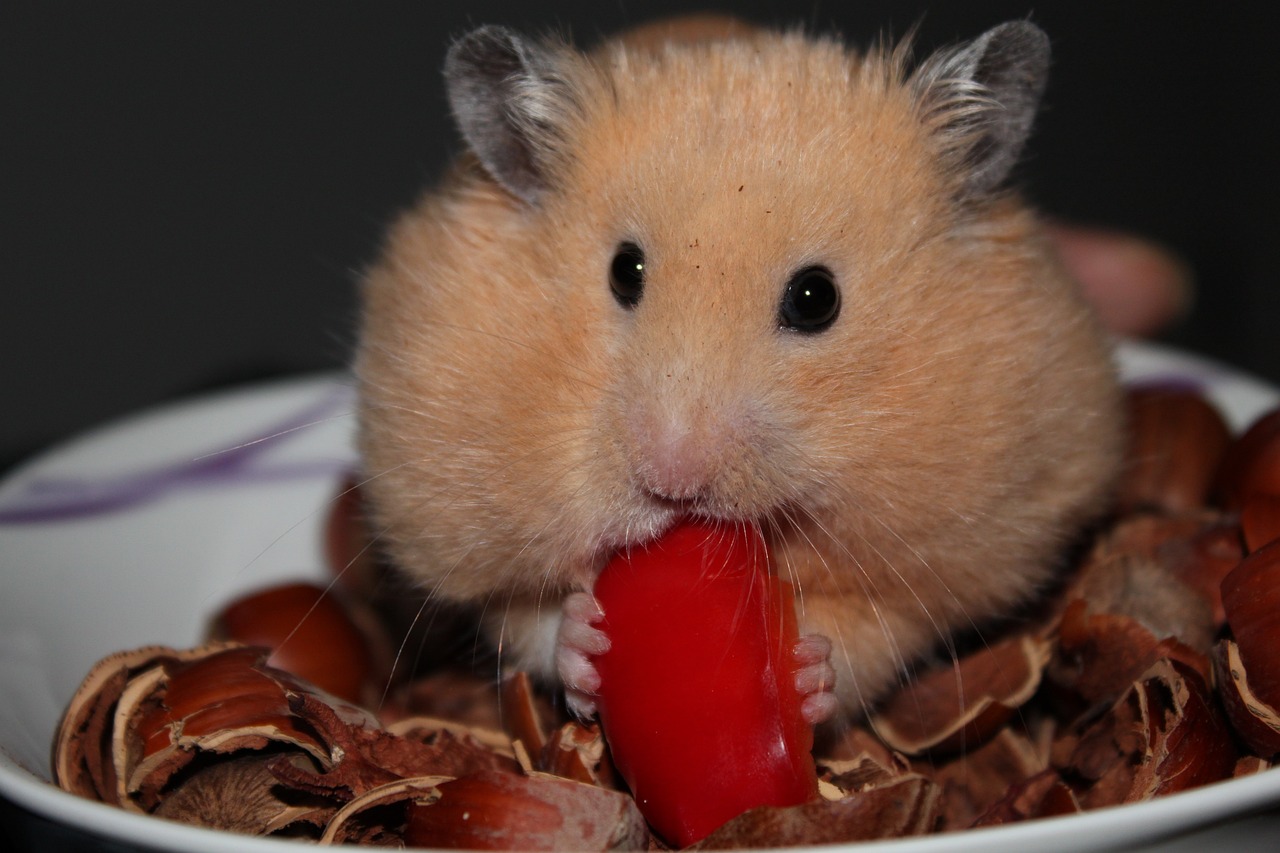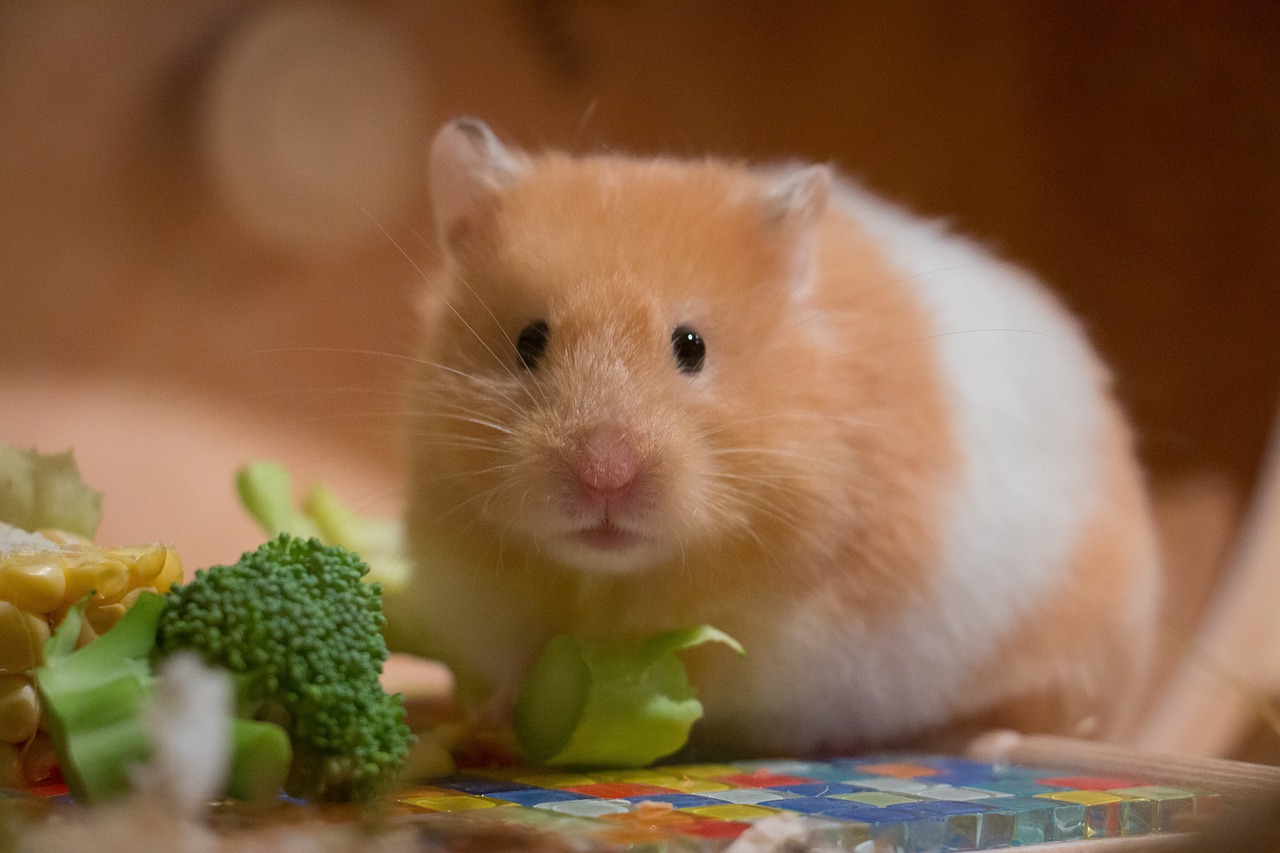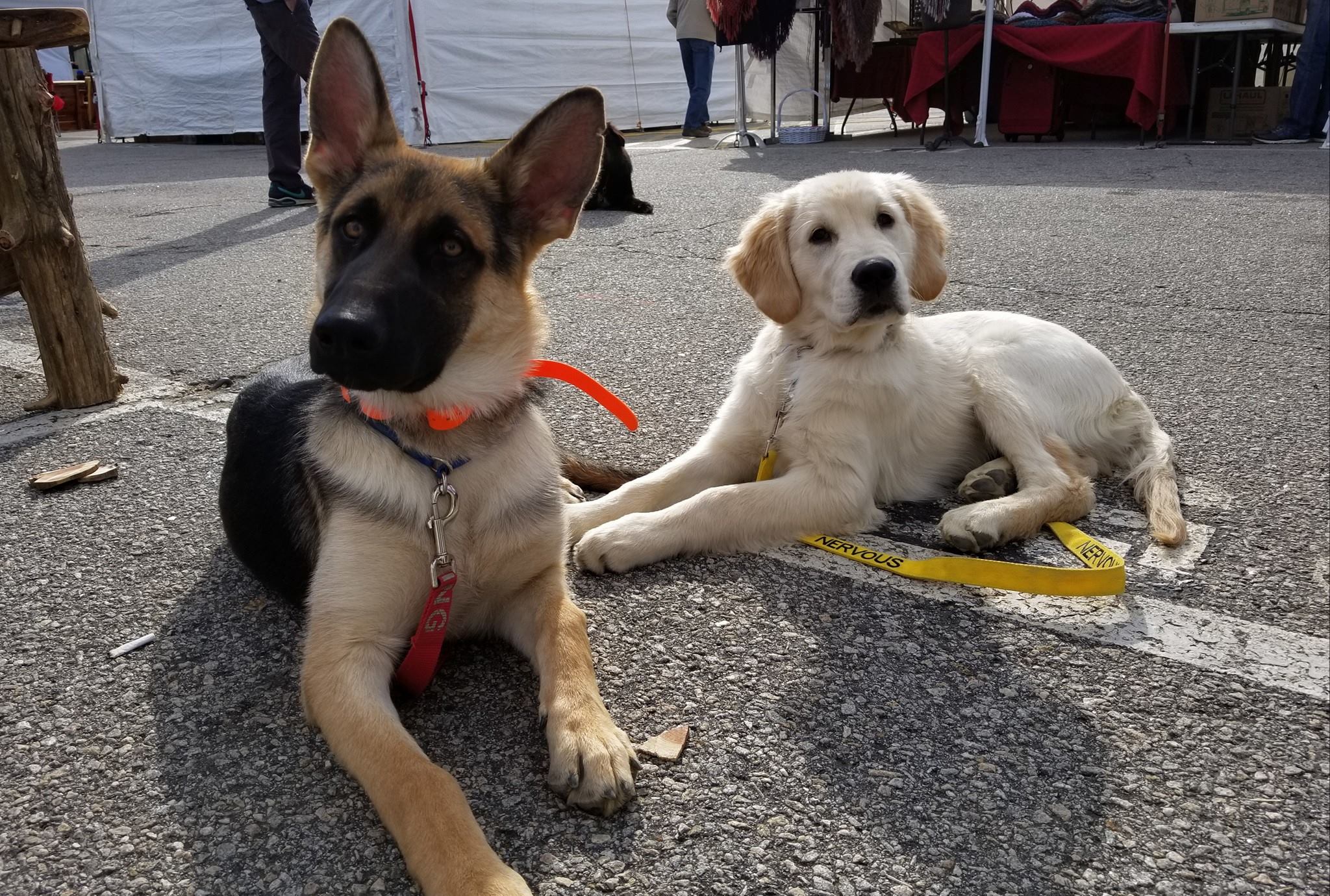
Last Updated on 2 years by Jenny Sovann
Are you wondering how to train your dog to ignore other dogs? Dogs have for ages learned the art of blackmail. As adorable as they are they sometimes just want to get in fights or interact with their kind. If you tell them to stop, they just turn and look at you with their cute eyes. We always waver to their deceit, because after all we love our furry companions. Giving us unconditional love is great and all, but if they don’t follow our instructions, it can be a bit frustrating. In truth, neighbors have fought each other just because their pets don’t ignore each other.
Well, if your dog does not learn to ignore other dogs you have to anticipate dog fights. We all love controlled boxing matches, but unprovoked fights usually end up badly. Your furry companion or the other victim may all get physical harm to different degrees. Other than that, there are behavioral issues. Aggression, anxiety, or even fear may eventually seep in. These are all behaviors that make living with our dogs just hell. How do you train your dog to ignore other dogs? Let’s dive into this epic tour that will have your canine companion ignoring its kind in no time.
Understanding Your Dog
It is hard training your dog, without first understanding the root cause of its behavior. Dogs are social and have the inbuilt desire to interact with other dogs. Whenever your dog sees another dog, the itch to seek out, play, and establish a relationship is just hard to ignore. An interesting thing about our furry companions is that they can detect pheromones emitted by other dogs. This way they can tell the other dog’s age, sex, reproductive status, and emotional state. Your furry companion could have detected something interesting about the other dog.
Other than detecting things of interest to it, your furry companion has the natural instinct to be dominant. Dogs have a history descending from wolves, where they used to roam in packs. Hierarchies were a thing. Dominance was usually displayed through aggressive behavior, posturing, and vocalizations. Your dog’s inability to ignore other dogs could be a result of this. The socialization aspect is also dependent on the breed, individual personality, and upbringing. Surprisingly, your canine companion’s behavior could also be a result of its interaction with you. If you are anxious, fearful or outgoing, your dog may also exhibit similar behavior. Understanding your dog’s behavior is essential in being able to train him/her to ignore other dogs.
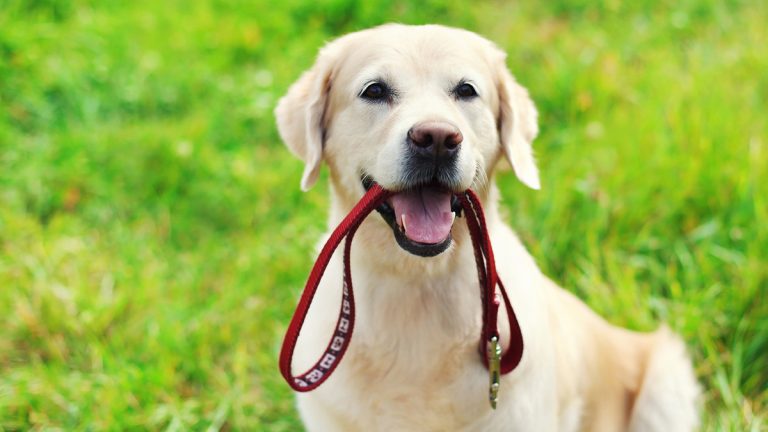
Positive Reinforcement Training
Positive reinforcement is a serious and important technique of behavior modification. Rewarding desired behavior will make your furry companion obey you in no time. However, like any other technique, it is always important to start with the basics. You can start off with basic obedience training. Training your dog commands such as “sit”, “stop”, and “come” will help you be in control whenever your dog acts up. You can use high-value rewards in the beginning while gradually reducing the reward value to simple praises.
Techniques such as clickers or verbal markers will help you make it easier. This is where you mark a desired behavior followed by a reward. This way, the sounds will always be associated with the desired behavior. Once your canine companion grasps the basics, then you can gradually adjust the level of difficulty. You can try to use the commands from a further distance and so on. The final hurdle will be using positive reinforcement to make your dog ignore other dogs. This can be in a controlled environment where you reward your dog for ignoring another dog. The obedience commands will come in handy in maintaining control over your furry companion.
Socialization & Desensitization
Socialization means that you have to introduce your dogs to different types of dogs. This way, they can become more confident. It will also prevent fear and aggression toward other dogs and people. It is better if socialization happens at a younger age, but old dogs can also be taught new tricks. Desensitization on the other hand involves gradually exposing your dog to something they fear or are reactive to. This way, it is easier to make them reduce their anxiety or fear. Basically, you should start from a low-level intensity while gradually increasing the intensity.
While training a dog to ignore other dogs, socialization, and desensitization can be used hand in hand. You can start socializing the dog with a known friendly and well-behaved dog. This way, your dog will learn to stay a bit calmer. Then you can gradually expose your dog to different breeds, sizes, and energy levels. If the dog shows fear or aggression, remove them from the situation. Performing the techniques while using positive reinforcement will condition your dog to show the desired behavior. By gradually decreasing the distance between the dogs, your dog will learn how to stay calm in different situations.
Alternate Training Methods
There are also other techniques that you can use to get your dog to behave. One is behavioral adjustment training. This way, you use negative punishments to dominate your dog’s personality. These punishments do not have to be extreme, just a little verbal reprimand or removing the dog from the situation. This negative association will discourage your dog from exhibiting such behavior again.
Apart from socialization and desensitization, counter-conditioning can also be used. This is where you associate being in the presence of other dogs with a positive experience. Playtime, engagement, and other fun activities are some of the things that can trigger your dog’s emotions. This will help your dog avoid getting into dog fights, and ignore dogs more. All of this can be done in habituation, where your dog is exposed to other dogs in a controlled environment. All these methods can be used hand in hand with the ones listed in this guide. Using all of them together will increase the odds of success.
Patience & Consistency
Training your furry companion to ignore other dogs is a process that is gradual, and requires your patience in order to achieve success. It is important that you don’t get easily frustrated if your dog is a slow learner. If you stay calm, and patient, the experience will be enjoyable for your furry companion. This can increase the bond between you and your furry companion further. Not rushing the process will make the sessions more productive.
Dogs are animals that thrive on repetition. Maintaining consistency is a sure way for your dog to adjust their behavior. Using the same commands and techniques over and over, in different sessions will ensure that they understand what you are trying to teach them. Consistency will help your dog understand what is expected of them and what is acceptable behavior. If your canine companion shows signs of aggression you cannot handle, then consulting a professional is the best alternative. They will create a plan that is specially tailored for your furry companion making the sessions productive.
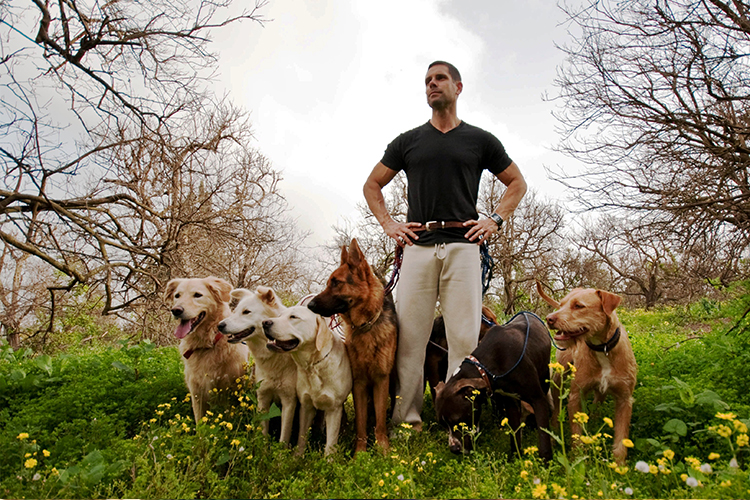
Frequently Asked Questions
How do I stop my dog from overreacting to other dogs?
Desensitizing is a great way to stop your dog from overreacting to other dogs. This involves gradually exposing your dog to other dogs in a controlled setting and rewarding them if they behave calmly.
Should I train my dog to ignore other dogs?
It can be helpful to train your dog to ignore other dogs in certain situations. During walks or at a dog park, it is important that you have complete control. This training should be focused on teaching your dog to be calm in the presence of other dogs.
How do I train my dog to calm down around other dogs?
Positive reinforcement is the key to training your dog to remain calm around other dogs. You can then start off by training them in basic obedience commands, to keep you in control of other dogs.
Why does my dog go crazy when he sees other dogs?
Dogs are social creatures that used to live in packs. It’s in their genes to try and show dominance among other dogs. This can be a reason, among other reasons such as health issues. It is important that you determine the root cause.
Why does my dog react badly to other dogs?
Fear, anxiety, territorial behavior, lack of socialization, or past negative experiences are among the reasons that may be causing your dog to react badly. It is essential to work with a professional trainer or behaviorist to determine the underlying cause.
Conclusion
Training your dog to ignore other dogs is not only important for their safety but for your peace of mind as well. This way, your furry companion won’t be a nuisance to the community or society at large. You have to be patient, consistent, and optimistic using the techniques in the above guide to training your dog. It is important you start with the basics, like the obedience commands. This way, it will be easier to make your canine companion fall in line, as you advance the training difficulty. Understanding your dog will help you determine the right technique to train him/her. Overall, your time and effort will help your dog ignore other dogs with the same level of ease celebrities ignore us. This will become a great experience that will increase your bond, so get training and enjoy the experience.

